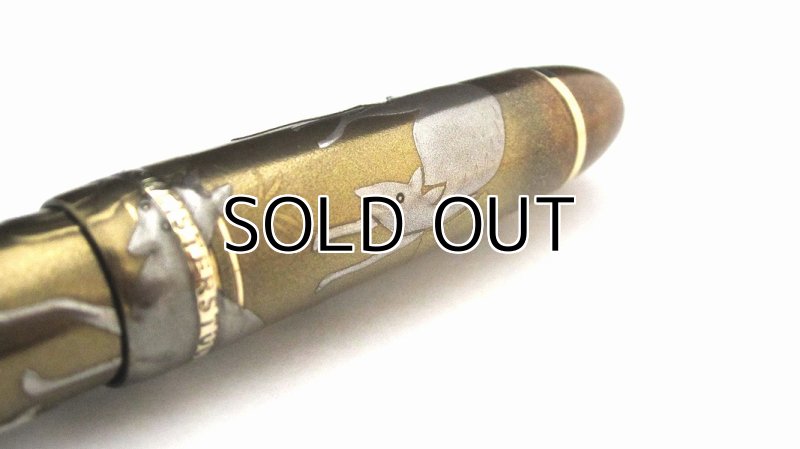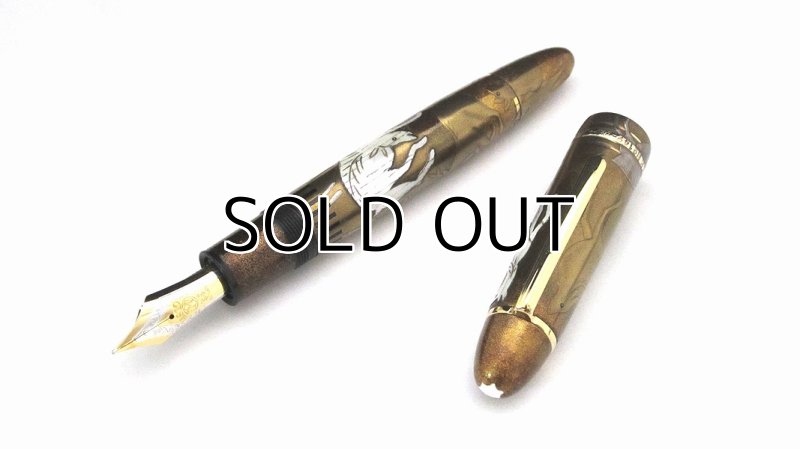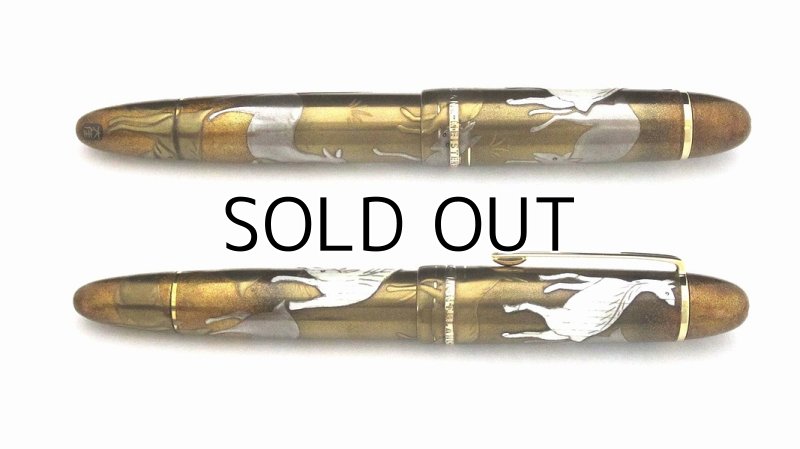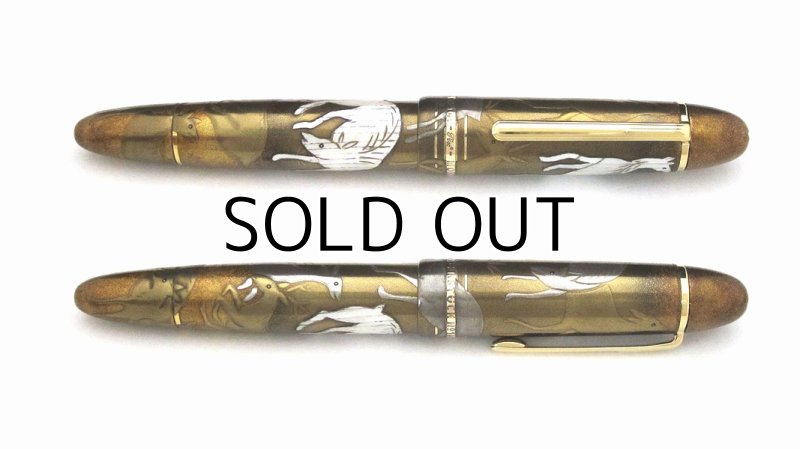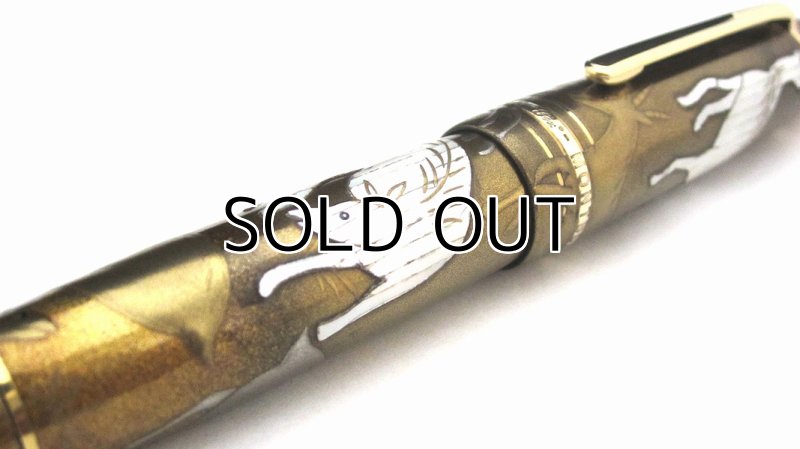AGJ Original Maki-e Fountain pen #32 "Deer Makie" Montblanc Meisterstuck 149 Sparkling Togidashi Taka Maki-e Kyoto Japan Wa
AGJ Original Maki-e Fountain pen #32 "Deer Makie" Montblanc Meisterstuck 149 Sparkling Togidashi Taka Maki-e Kyoto Japan Wa
Please contact us from here for the price.
Item Description
This AGJ original Maki-e Fountain pen is made by famous Kyoto Maki-e Artisan "Daikai".
This pen is only one in the world. You can not find it anywhere.
Kyoto Maki-e is the best known Maki-e technique in Japan.
This is original Maki-e fountain pen based on Montblanc Meisterstuck 149.
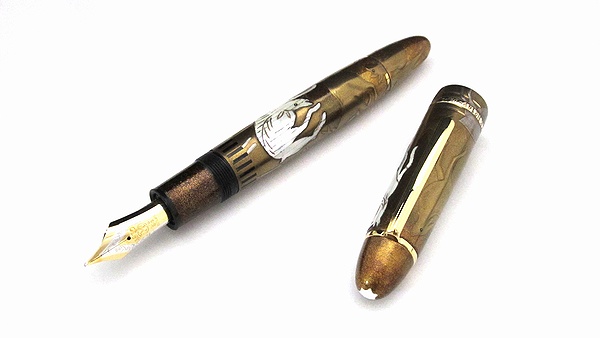
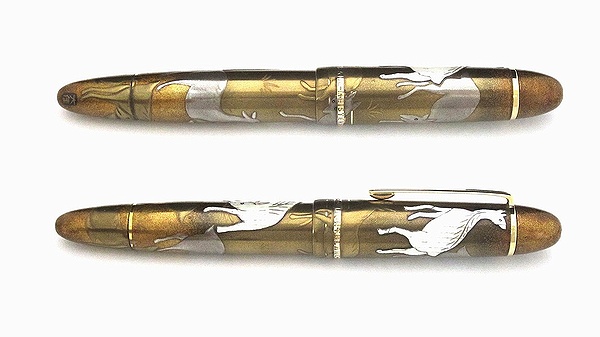
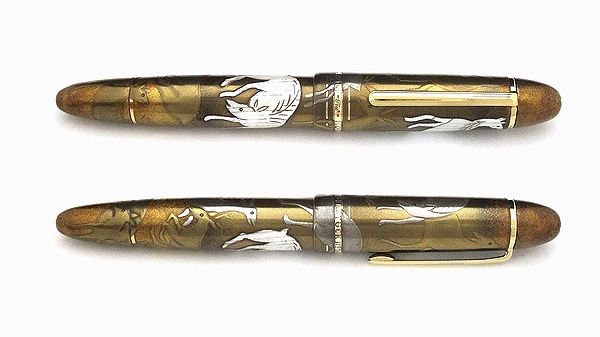
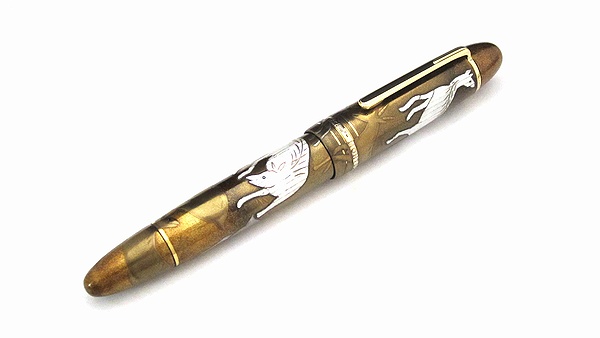
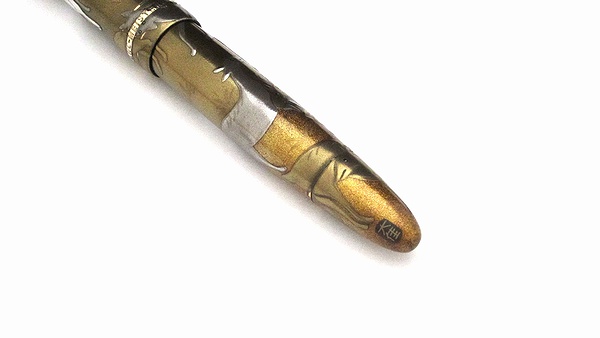
This design was created for the Japanese flute (Fu-e) box by Hon-ami Koetsu who was very famous artist in early Tokugawa (Edo) period.
He paints many deer playing at the Nara (Kasugano) ground.
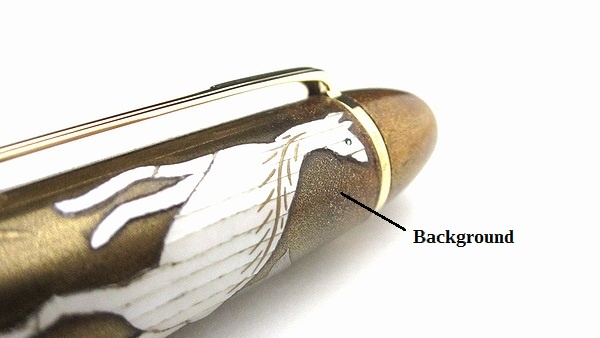
Background:
Sprinkle shadings of Gold and Hirame powders
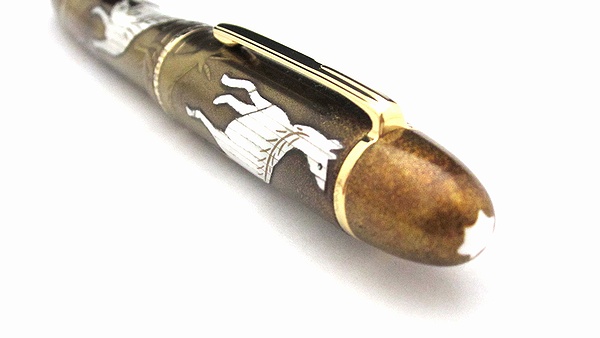
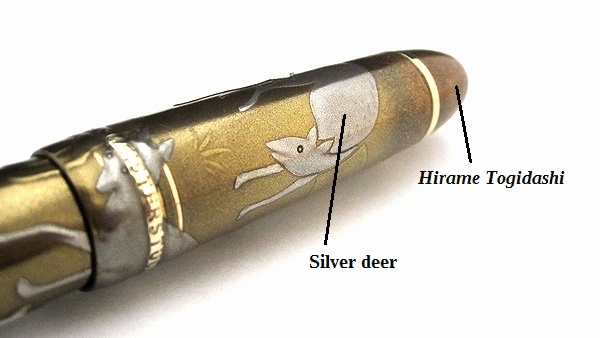
Silver deer: Togidashi Taka Maki-e
Sprinkle Silver after Silver-raise and Urushi-raise
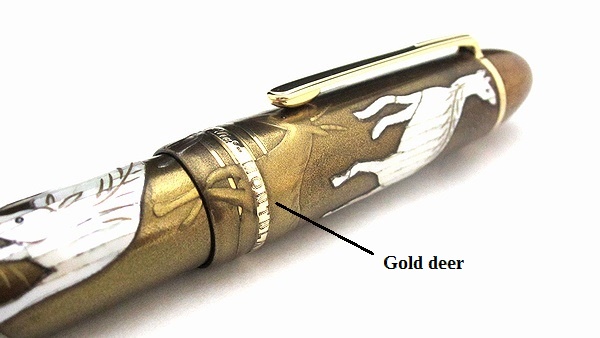
Gold deer: Gold powders
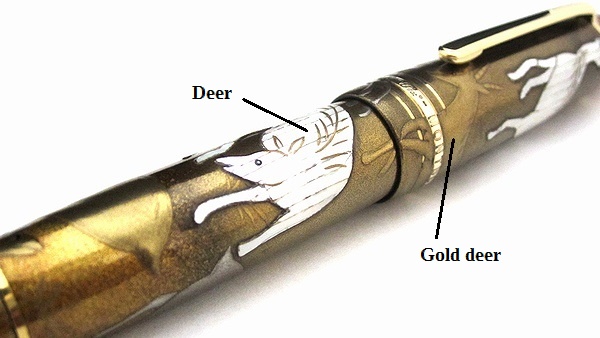
Gold deer: Gold powders
Deer: Raden (Yako shell)
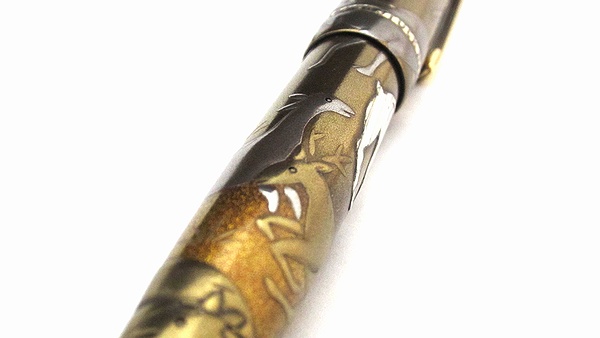
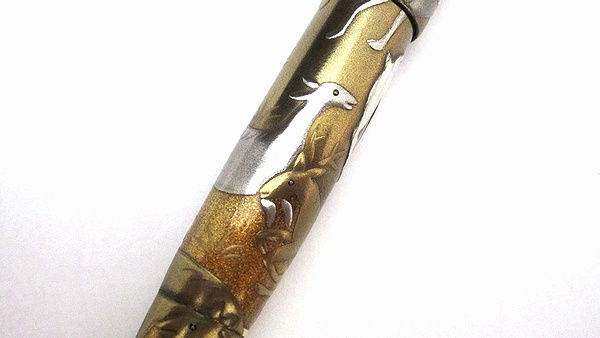
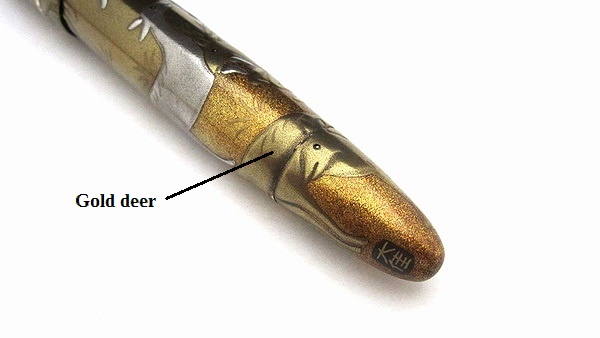
Gold deer: Togidashi Taka Maki-e
Sprinkle Gold after Silver-raise and Urushi-raise
Background:
Sprinkle shadings of Gold and Hirame
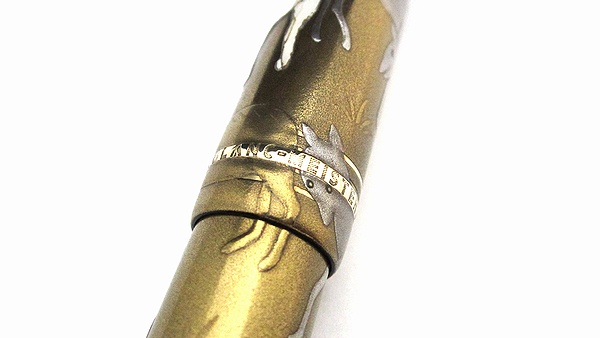
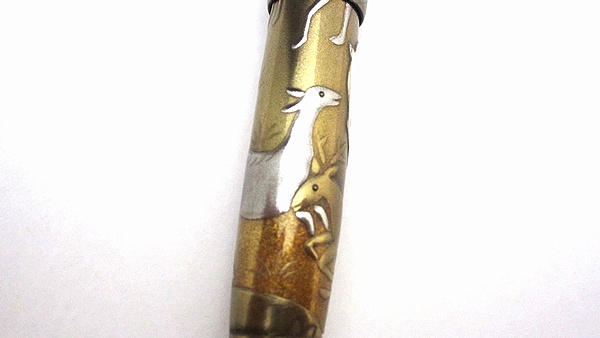
This pen is only one in the world. You can not find it anywhere.
Kyoto Maki-e is the best known Maki-e technique in Japan.
This is original Maki-e fountain pen based on Montblanc Meisterstuck 149.





This design was created for the Japanese flute (Fu-e) box by Hon-ami Koetsu who was very famous artist in early Tokugawa (Edo) period.
He paints many deer playing at the Nara (Kasugano) ground.

Background:
Sprinkle shadings of Gold and Hirame powders


Silver deer: Togidashi Taka Maki-e
Sprinkle Silver after Silver-raise and Urushi-raise

Gold deer: Gold powders

Gold deer: Gold powders
Deer: Raden (Yako shell)



Gold deer: Togidashi Taka Maki-e
Sprinkle Gold after Silver-raise and Urushi-raise
Background:
Sprinkle shadings of Gold and Hirame


[What is Maki-e technique?]
-
Hira Maki-e
- Urushi lacquer
- Sprinkle Gold powder, Seikin: Alloy of Gold, Silver powder, Hirame and so on
- Coated by Uwazuri and Black urushi
- Polish by polishing and grindstone powders
-
Togidashi Maki-e (Mainly used for finishing evenly the background)
- Urushi lacquer
- Sprinkle Gold powder, Seikin: Alloy of Gold, Silver powder, Hirame and so on
- Coated thickly by Nashiji and Black urushi
- Burnished the urushi lacquer by charcoal
- Polish by polishing and grindstone powders
- When coarse gold/silver/Hirame/Seikin powders are sprinkled, put a luster by burnished.
- After togidashi maki-e, Togidashi Hira maki-e is decorated Hira maki-e on togidashi maki-e.
- After togidashi maki-e, Togidashi Taka maki-e is decorated Taka maki-e on togidashi maki-e.
- Burnishing is needed when coarse powders are sprinkled.
-
Taka Maki-e
- The design is created using urushi lacquer
- Sprinkle charcoal/Silver powders to raise the layer
- Dry
- Spread urushi twice to make the layer thicker
- Sprinkle gold/silver/Hirame/Seikin powders
- Coat by Urushi
- Burnish
- Polish
- Charcoal powder: Show a soft feeling
- Silver powder: Feel solid
[Description]
| Name: | Deer Makie #32 (Montblanc Meisterstuck 149 Original) |
| Maki-e Artist: | Daikai |
| Technique: | Togidashi Taka Maki-e |
| Origin: | Kyoto, Japan |
| Nib: | 18K Gold |
| Nib size: | Medium |
| Size: | 17mm(Dia.) x 147mm |
| weight: | 34g |
| Shipping: | FREE SHIPPING! |
| Others: | AGJ Original Design Maki-e |
[Daikai's Career]
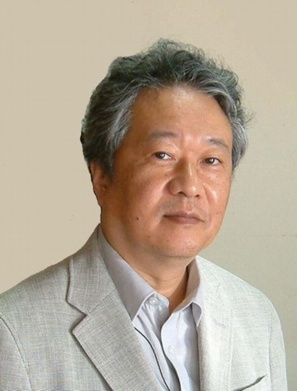
| Year 1950 | Born in Kyoto His father, uncle, grand father and grand-grand father were Urushi Lacquer masters too. |
| 1969 | Another Urushi artist "Masakichi Shima" started teaching Daikai. |
| 1976 | Daikai began succeeding to inherit the style of Kyoto Makie (Maki-e). |
| 1985 | Won the Kyoto Chamber of Commerce Award at Kyoto Lacquerware exhibition. |
| 1986 | Held Urushi Lacquer exhibition at Kyoto Takashimaya (the largest department store in Japan). |
| 1990 | Exhibited at the Arts and Crafts in kyoto. |
| 1991 | Became a technical lecturer for the artists at the traditional industry at Kyoto. |
| 1994 | Opened his Kyoto Urushi lacquer school. |
| 1995 | Invited to display his works at INFA 1995 in Hannover, Germany. |
| 1997 | Won the award at the industrial techniques for the crafts in Kyoto. |
| 1999 | Held the first Kyoto Urushi lacquer school’s exhibition at Ko-dai temple, Kyoto. |
| 2001 | He has held the traditional crafts exhibition every year since 2001. |
| 2008 | Held Amber Maki-e and Lacquer works exhibition at Sogo department store. |
| 2009 | Held Kyoto Urushi Lacquer exhibition at Takashimaya in Namba, Osaka. |
He lives in Kyoto now and teaches many Maki-e artisans Kyoto-Makie technique. |
